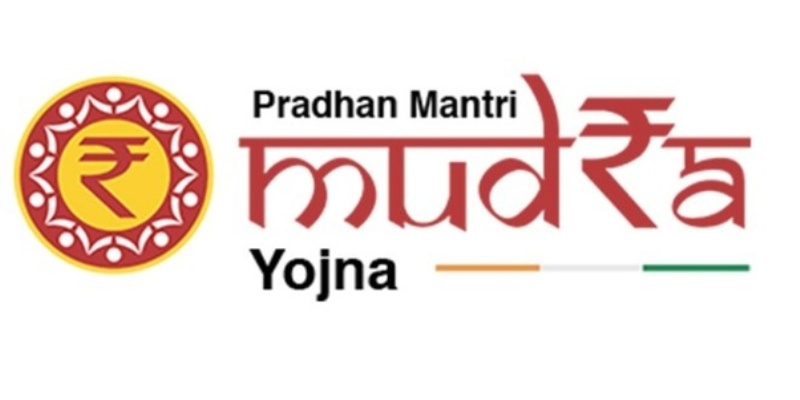In 2016, the Government of India introduced a scheme intended to develop and refinance the sector of micro-enterprises – Micro-units Development and Refinance Agency Ltd or MUDRA. This scheme aims to provide refinancing options to microfinance institutions (MFIs), banks, and other NBFCs. MUDRA loans are provided under the Pradhan Mantri Mudra Yojana (PMMY) scheme.
A MUDRA loan has a significant advantage by giving relief to micro-units struggling with generating income. To add to that, these loans do not require any kind of collateral or security. Although MUDRA loans allow micro-unit enterprises to avail finances, there are various factors that determine whether a firm has MUDRA loan eligibility or not.
1) Growth Stage of business: Under the PMMY, there are three different types of loans depending on the growth stage and level of funding that a beneficiary micro-enterprise might require. These stages also act as the reference point for any further business’s financial needs.
i) Shishu – For businesses that require loans up to Rs. 50,000
ii) Kishor – For businesses that require loans from Rs. 50,000 – Rs. 5 lakh
iii) Tarun – For businesses that require loans from Rs. 5 lakh – Rs. 10 lakh
MUDRA tends to focus primarily on Shishu category loans. This is so that entrepreneurship can be promoted by motivating the aspiring youth to come up with innovative start-up ideas. But since MUDRA’s key objective is to support micro-units for their development financially, even Kishor and Tarun category loans are offered an ample range of resources to access funds, irrespective of the industry or nature of business.
2) Type of MUDRA loan: Since each business has varying finance requirements, MUDRA loans are offered to micro-units in two main types: Micro Credit Scheme and Refinance Scheme.
i) Micro Credit Scheme: Micro Credit Scheme is primarily provided through various Microfinance Institutions (MFIs), which provide credit up to Rs. 1 lakh for a whole range of micro-units or small business functioning. Despite the fact that the distribution strategy may probably be through Individuals, Self-Help Groups or Joint Liability Groups, MFIs provide loans to individual businesspersons for specific activities of a micro business unit.
ii) Refinance Scheme: Not just banks like commercial banks, regional rural banks, small finance banks, but non-banking financial companies (NBFCs) are also eligible to receive MUDRA refinance assistance for micro-enterprise lending.Term loans and working capital loans up to Rs. 10 lakh per unit can be accessed through MUDRA financing. MUDRA even tries to encourage women entrepreneurs by permitting banks and MFIs to consider offering additional services, such as interest rate reduction on loans.
MUDRA currently offers MFIs and NBFCs that provide loans to women entrepreneurs a 25-basis-point interest rate reduction.
3) Purpose of MUDRA Loan: Before presenting the loan to banks or MFIs, MUDRA will assess the purpose of the loan. Listed below are the main purposes for which a MUDRA loan can be availed:
- Business loans to traders, vendors, shopkeepers and other such service sector enterprises
- Loans for working capital offered through MUDRA cards
- Heavy equipment financing for micro-business units
- Loans for transport vehicles being used for commercial purposes
- Agri-allied loans for non-farming activities that generate income such as poultry farming, beekeeping, pisciculture, etc.
- Tractors, two-wheelers or tillers used specifically for commercial purposes
Any micro-unit striving to gain access to funds can check whether they would meet these various factors of MUDRA loan eligibility and then choose to go for a MUDRA loan – they are certain to extend tremendous financial relief.





More Stories
Benefits of Hiring a Salesforce Development Company
Benefits of Ventilator Machines in Healthcare
Applying GST Calculator for Clear Financial Insights